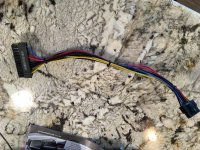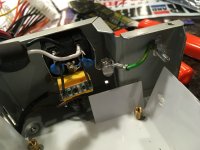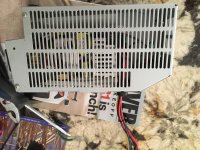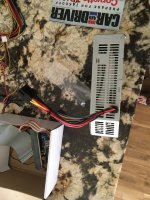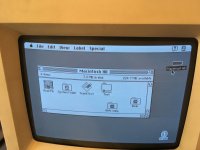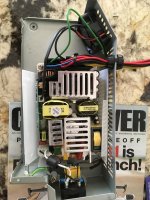So here's a build log, perhaps this will help others wishing to do the same:
Now that I have a nice terminal crimper, I wouldn’t have removed the terminals from the ATX connector.
Nice explanation. Thank you!
Which terminal crimper did you choose? Did you try more than one? I'm in the market for one, but there's a dizzying array. I should probably consult with the hardware guys in the lab upstairs at work... But they have a little different focus than us hobbyist users.
Are you quoting yourself or someone else about dissecting the Sony PSU and finding just a single isolation diode on the 12V rail?
The reason I ask is that I wonder if the rail was 12V before the diode or 12V after the diode. Vf is going to cut .7V - 1.3V off of the voltage. If the rail must be 12V after the diode, that's inconvenient. If the sweep will tolerate the loss, then I see no reason not to add a diode on the wire to the sweep. Covering the amperage will be a little challenging. Was it close to 3A?
Last edited by a moderator:


